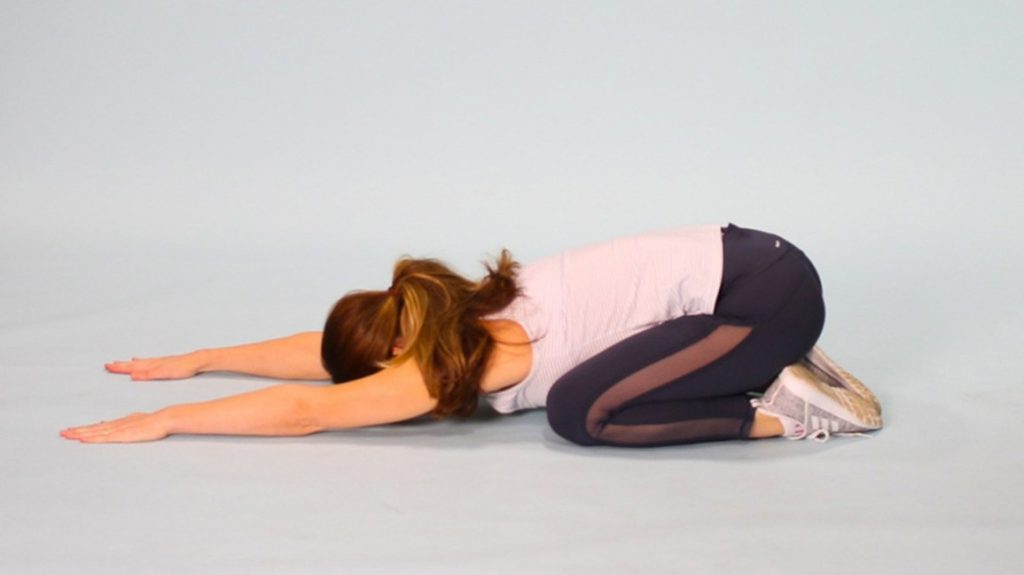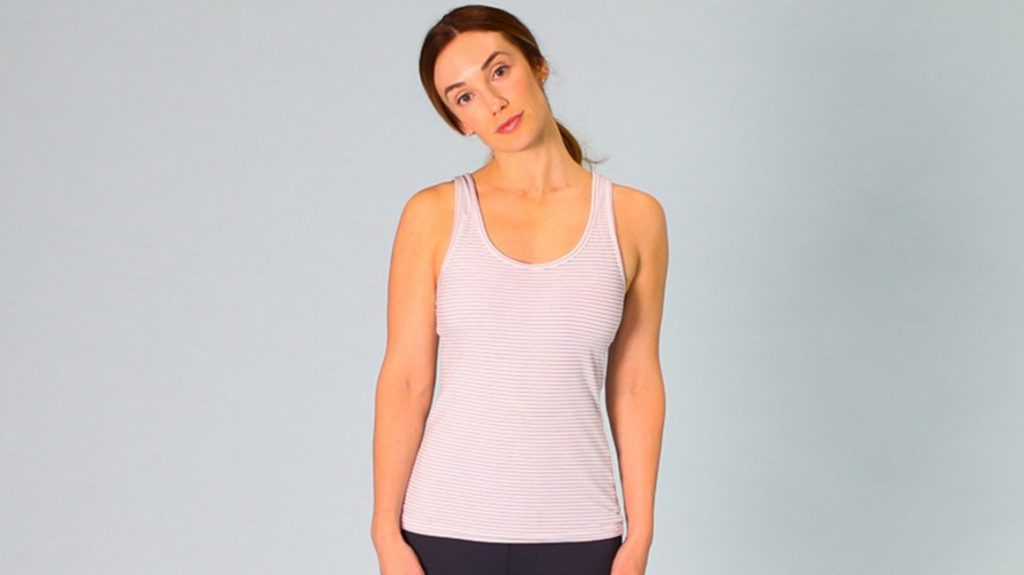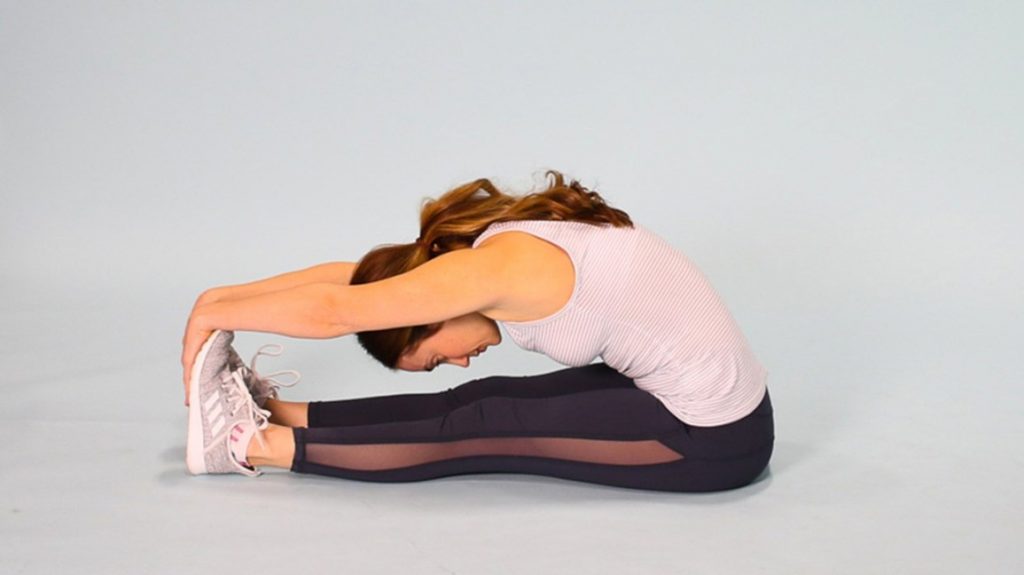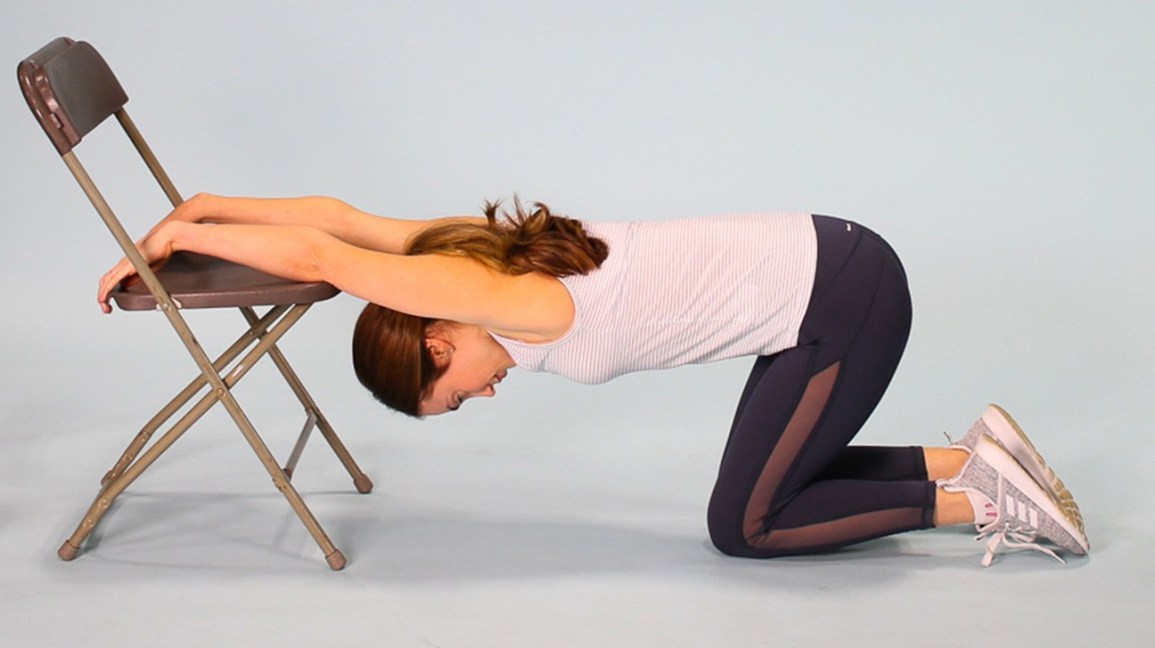In today’s fast-paced world, quality sleep can feel like a luxury. But what if a few simple bedtime stretches for sleep could transform your nights into a sanctuary of rest and rejuvenation?
Science says they can.
This comprehensive guide explores how integrating gentle stretches before bed can help you fall asleep faster, reduce stress, and wake up feeling fully restored. Backed by research and expert sources, this guide delivers practical, evidence-based techniques you can start using tonight.
Why Bedtime Stretches Matter
Stretching before bed isn’t just about flexibility. It’s about resetting your nervous system and preparing your body for deep, restful sleep.
The Benefits of Stretching Before Bed
Stretching activates the parasympathetic nervous system—the “rest and digest” mode—helping calm your body and mind. According to Johns Hopkins Medicine, regular stretching can improve blood flow, relieve muscle tension, and reduce the mental clutter that keeps you awake.
Incorporating night time stretches also improves sleep quality by increasing melatonin production, reducing cortisol levels, and enhancing sleep architecture, as noted in a 2021 study published in Sleep Science and Practice.
Additional Benefits:
- Promotes relaxation and stress relief
- Improves mobility and joint health
- Enhances mind-body connection
These gentle stretches for sleep create the perfect bridge between your busy day and peaceful night.
Best Bedtime Stretches for Sleep
Here are the top stretches to help you sleep better. Each is designed to calm your nervous system and relax your muscles.
1. Child’s Pose (Balasana)
This yoga posture gently stretches the back, hips, and thighs while calming the mind.
- Kneel on your bed or a mat.
- Sit back on your heels and fold forward.
- Rest your forehead on the bed and stretch arms forward.
Why it helps: It activates the vagus nerve and promotes calmness.
Source: Cleveland Clinic – Yoga for Better Sleep

–
2. Neck Rolls and Shoulder Rolls
Release upper-body tension caused by screen time or bad posture.
- Gently roll your neck side to side.
- Roll shoulders forward and back in slow circles.
Why it helps: Reduces physical tension that keeps you awake.
Source: Sleep Foundation – Sleep Hygiene Tips

–
3. Seated Forward Bend
A classic forward fold that targets hamstrings, calves, and lower back.
- Sit with legs extended.
- Inhale, raise arms, and exhale as you fold forward.
- Hold for 30-60 seconds.
Why it helps: Calms the mind, stretches the spine, and aids digestion.
EEAT Source: National Sleep Foundation – Bedtime Yoga

–
4. Reclining bound angle pose
Targets inner thighs and opens hips, two areas that often store tension.
- Lie on your back.
- Bring soles of your feet together and let knees fall open.
- Place pillows under your knees for support.
Why it helps: Encourages deep belly breathing and relaxation.
EEAT Source: Harvard Health – The Science of Yoga

Expert Sleep Hygiene Tips to Amplify the Effect
Stretching is powerful, but it’s even more effective when paired with solid sleep hygiene.
Combine Stretches with These Sleep Hygiene Practices:
- Stick to a consistent sleep schedule
- Limit screen time before bed
- Keep your bedroom cool, dark, and quiet
- Avoid caffeine and heavy meals before bedtime
EEAT Source: CDC – Sleep Hygiene Recommendations
Bedtime Relaxation Techniques to Wind Down
Incorporate mindfulness into your stretching routine for optimal results.
Try These:
- Deep diaphragmatic breathing
- Progressive muscle relaxation
- Body scan meditation
Pairing these techniques with stretches before bed lowers heart rate and cortisol levels, promoting faster sleep onset.
EEAT Source: Mayo Clinic – Relaxation Techniques
Stretching + Bedtime Yoga = Sleep Success
Bedtime yoga for better sleep is more than a trend—it’s a science-backed method to optimize rest. Combine poses like Child’s Pose and Reclining Butterfly with relaxation techniques to create a holistic nighttime ritual.
Bonus: How to Fall Asleep Faster Tonight
- Start with neck rolls
- Flow into gentle yoga stretches
- Follow with deep breathing and body scan
- End with a dark, distraction-free environment
Your body and mind will begin associating this ritual with rest.
EEAT Source: NIH – Relaxation for Insomnia
Final Thoughts: Stretch Your Way to Better Sleep
Bedtime stretches for sleep are a low-effort, high-impact strategy to unlock better rest. Whether you’re dealing with insomnia, stress, or poor sleep quality, a few gentle movements at night can make all the difference.
Make it a ritual. Be consistent. And watch your nights—and your days—transform.
Read more about: 27 Foods That Can Give You More Energy
Sleep Hygiene: Train Your Brain to Sleep Better
Meditation and some Tips

